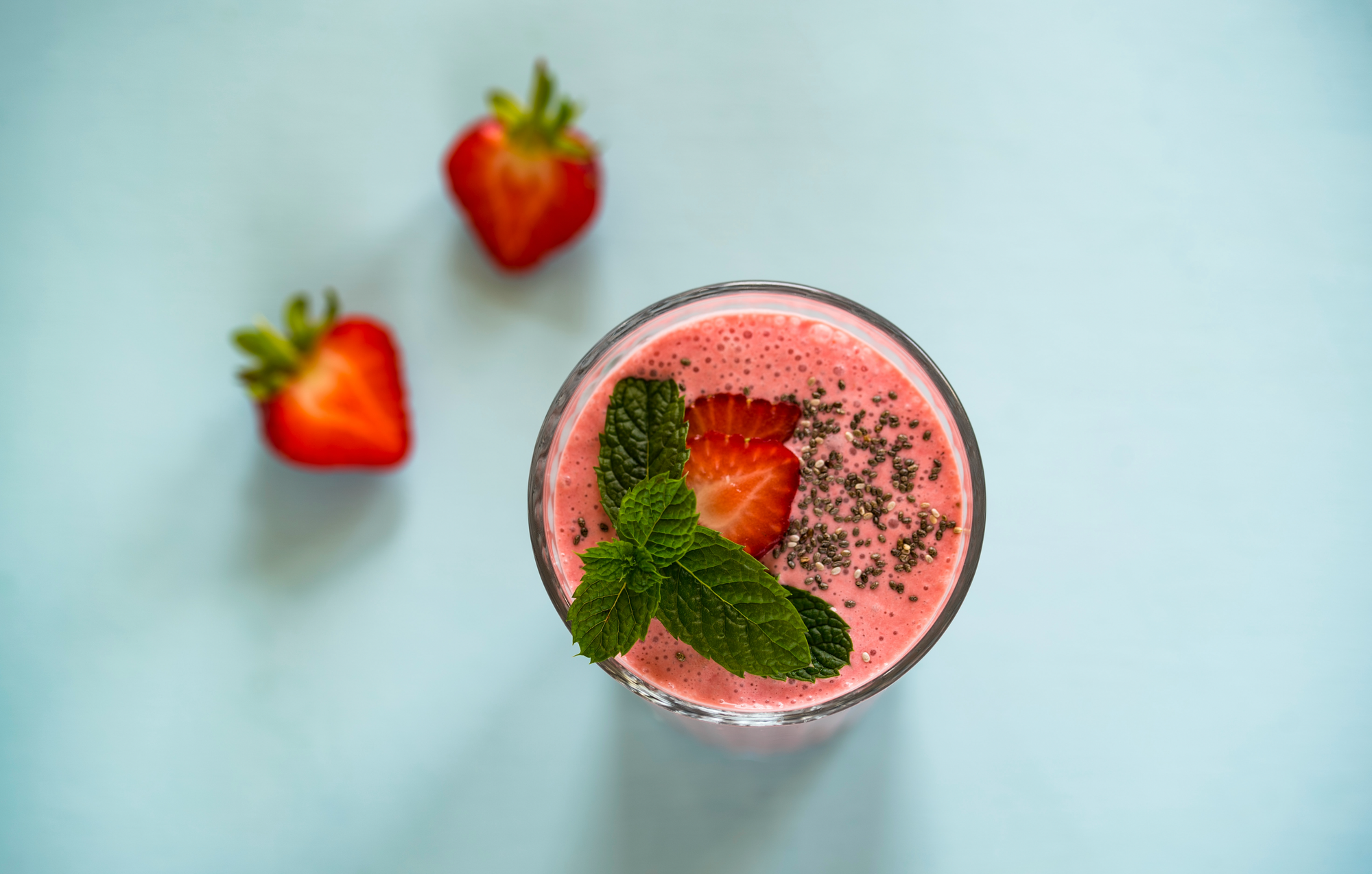

· By Dr. Heff
Are smoothies bad for your teeth?
The short answer is yes. The perception that smoothies are a health food is wrong.
In many ways, marketing smoothies as a healthy alternative is a con. Why? Because there is a lot of sugar inside a smoothie, and we’ll get to how much in a moment. But, first, I need to explain the misconception behind what you’re thinking, “yeah, but it’s natural sugar from fruit and vegetables, so that’s fine, right?”
Actually, no, you’re not drinking natural sugar when you drink a smoothie because as soon as you blend fruits and vegetables, you break down the plant’s cell wall, which turns all-natural sugars into free sugars.
Free sugars fall under a completely different health category from natural sugars. In fact, free sugars fall under the same World Health Organization advisory category as added sugars:
“This follows the recommendation from the Scientific Advisory Committee on Nutrition in its 2015 report on Carbohydrates and Health that a definition of free sugars should be adopted. The definition of free sugars includes: all added sugars in any form; all sugars naturally present in fruit and vegetable juices, purées and pastes and similar products in which the structure has been broken down; all sugars in drinks (except for dairy-based drinks); and lactose and galactose added as ingredients. The sugars naturally present in milk and dairy products, fresh and most types of processed fruit and vegetables and in cereal grains, nuts and seeds are excluded from the definition,” Public Health Nutrition, Cambridge University Press.
But does it matter if the structure of the cell wall is broken down? I mean, it’s still spinach, right?
Well, not really. It’s theoretical spinach at best, but it’s hard to visualize the structure of something we cannot see. So, let me ask you this –
Is a demolished building still a building? Of course not. It’s an uninhabitable pile of rubble that has only the broken building blocks of something that was once solid. The same applies to an apple.
What’s worse is that many off-the-shelf smoothies use fruit puree or concentrate, devoid of fiber.
Free sugars are responsible for weight gain, obesity, high blood pressure, type 2 diabetes, heart disease, liver disease, and tooth decay.
The body responds the same way to all added sugars. It does not matter if it comes from theoretical spinach or pure cane sugar. The health implications are the same.
How much sugar is healthy to have?
The American Heart Association states that men “should consume no more than 150 discretionary calories of sugar per day. This is equivalent to 38 g or 9 teaspoons (tsp) of sugar.” And “women and children between the ages of 2 and 18 should use no more than 100 discretionary calories on sugar per day. This is around 25 g or 6 tsp of sugar,” Medical News Today.
So, how much sugar is really in a smoothie?
Here is an easy way to calculate sugar content:
On the label, it will usually show sugar content for 100ml. You need to multiply that amount by the size of the whole bottle. For instance, if a bottle is 750ml, you multiply by the stated amount by 7.5. There is approximately 4g sugar in a teaspoon; therefore, divide your answer by 4 to find out the number of teaspoons of sugar in the drink. So, the smoothie I have in my hand is a 750 ml bottle showing 5g of sugar per 100ml, and the calculation would be 5 x 7.5 = 37.5. Then, 37.5 divided by 4 = 9.374. Meaning there are 9.5 spoons of sugar.
How many spoonfuls of sugar are in a can of Coca-Cola? There is 10.6 g of sugar per 100ml in a 330ml, roughly 35g, which is about nine teaspoons of sugar.
Remember, the body does not respond differently to free sugars from Coca-Cola or smoothies – free sugar is free sugar no matter how it’s packaged! Also, it is interesting to note that Coca-Cola owns the smoothie brand Innocent. I’m not suggesting that you should replace your smoothie intake with cola. There are many other unhealthy ingredients in cola, but you need to be aware of sugars hidden inside products that claim to be healthy.
Yesterday, I went to the supermarket and read the label of a medium-sized smoothie with 14 spoonfuls of sugar inside it – shocking!
But what if you really love smoothies and don’t want to give them up?
Well, like with most things, make your own, blend as little as possible, and consume straight away. You can use frozen or fresh ingredients for the same health benefit. In fact, if your fresh vegetables and fruits are shipped from a great distance, frozen vegetables are healthier. Because fresh food begins to lose its vitamin potency as soon as it’s picked, whereas picking and immediately freezing fresh food preserves its vitamin effectiveness.
And, lastly, if you do have a smoothie, follow that sugar hit with Dr. Heff’s to avoid tooth decay!
Knowledge is power. Learn how to read labels. Trust evidence-based science and research.
Dr. Heffs is totally transparent about its science because we are incredibly proud of the proven health benefits of our product.
Order now and receive 10% off subscriptions.
Here to help,
Team Heff.
